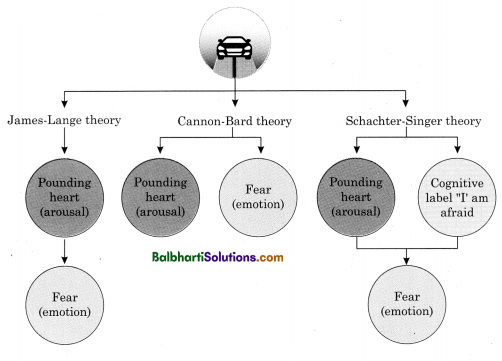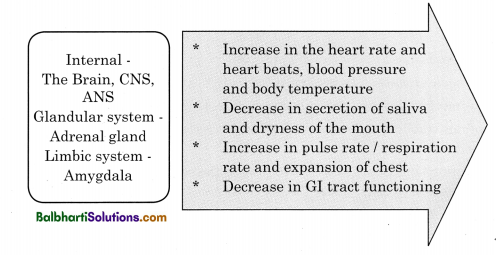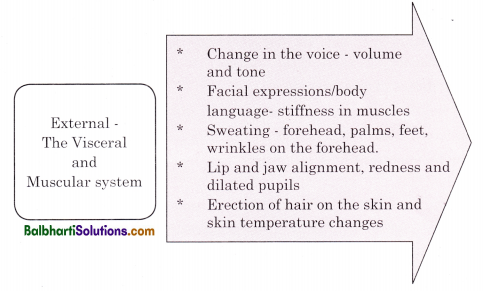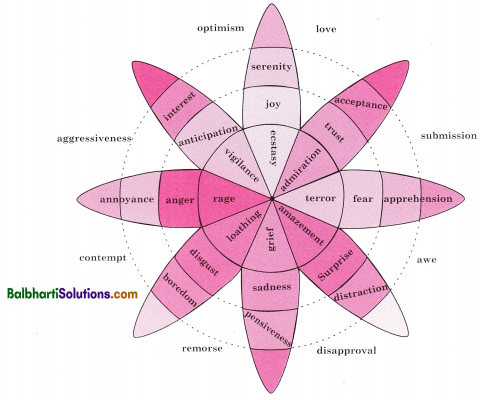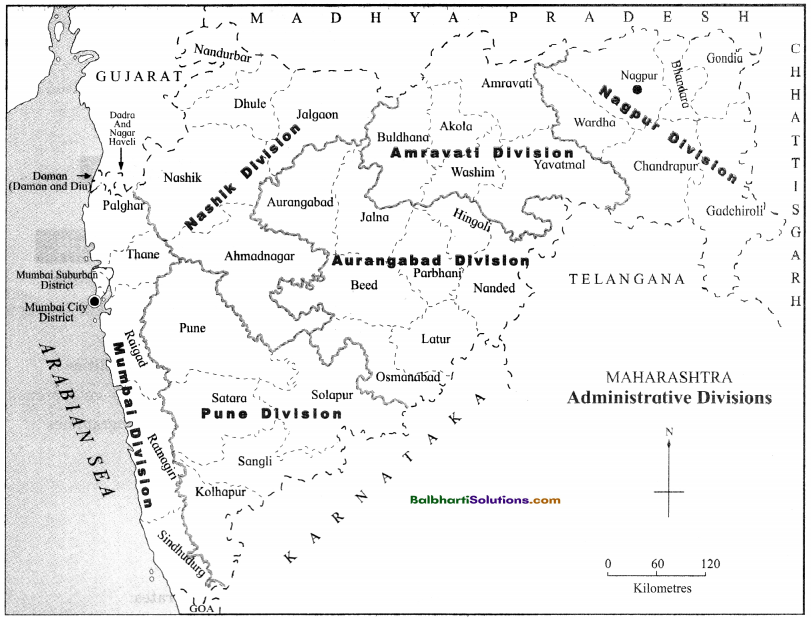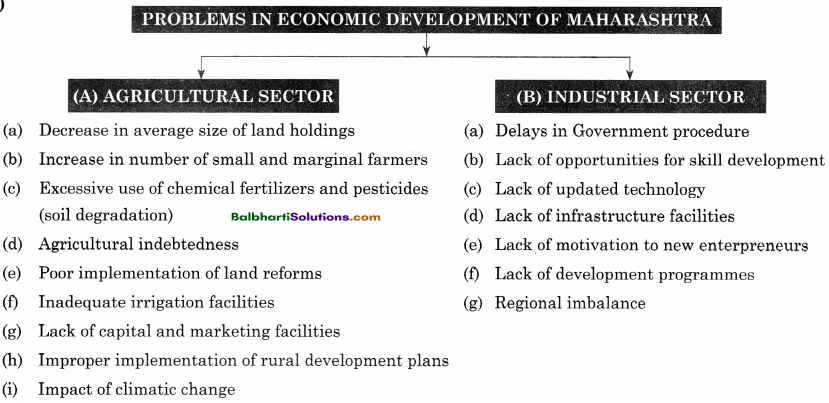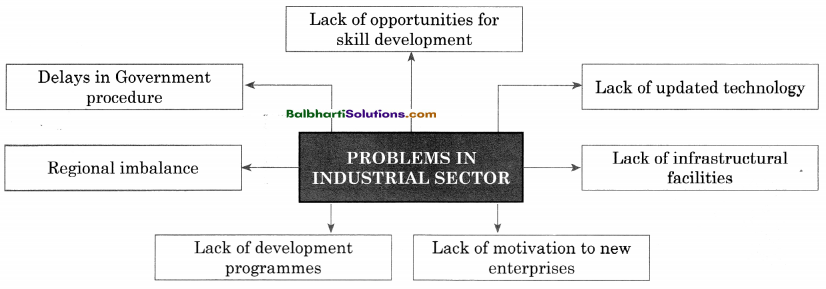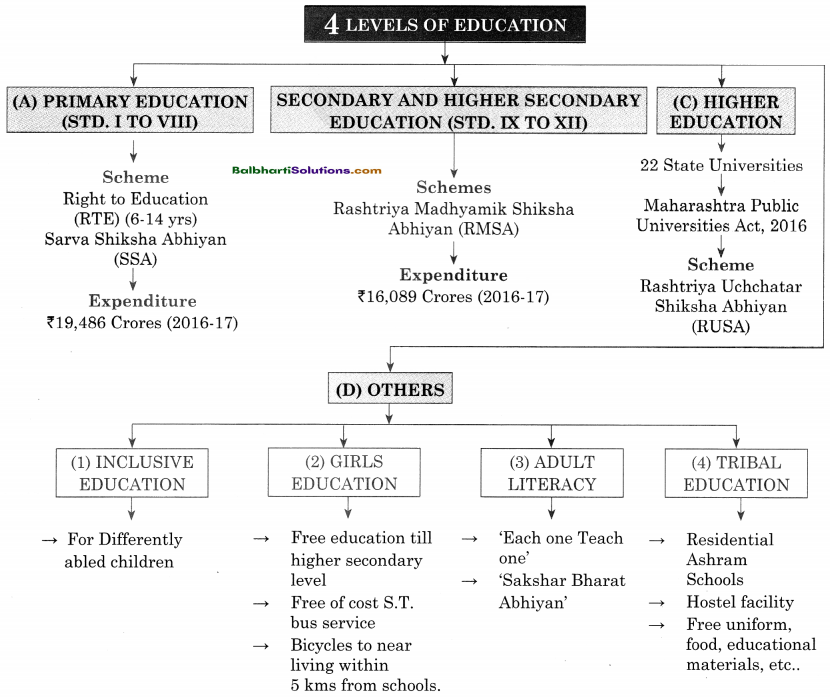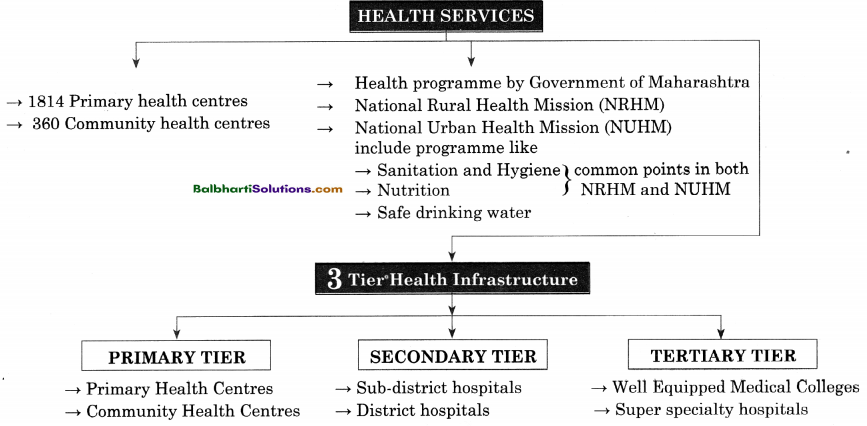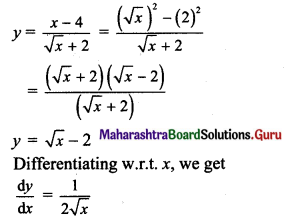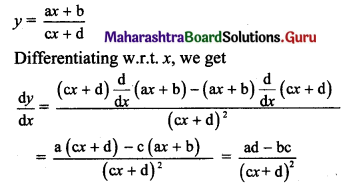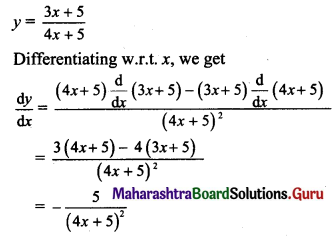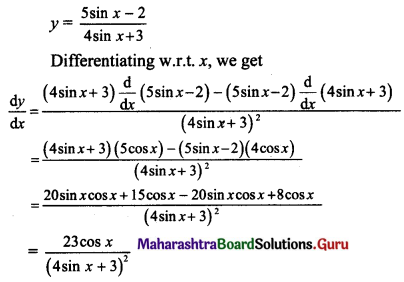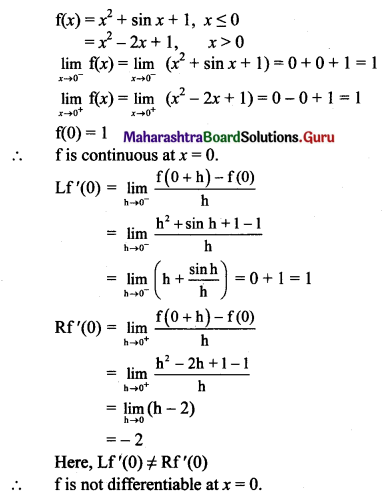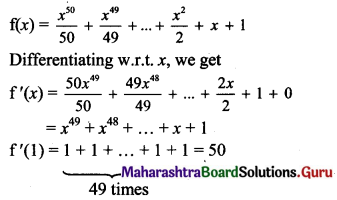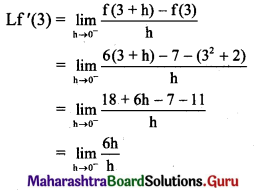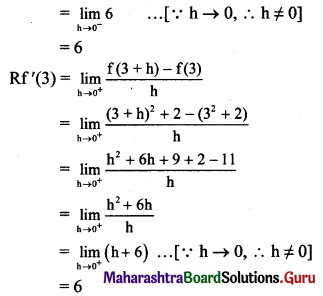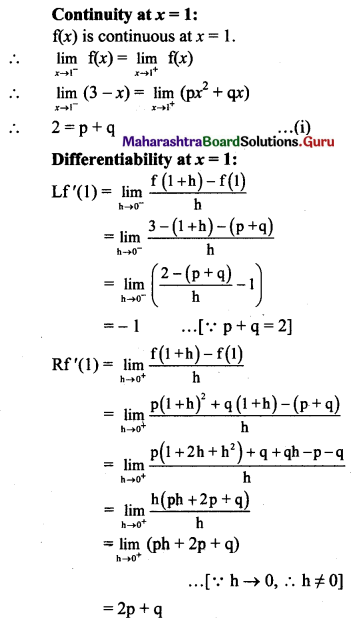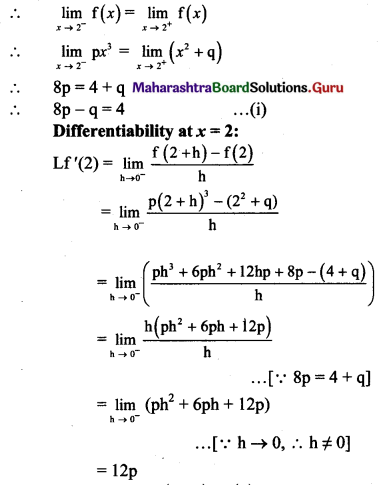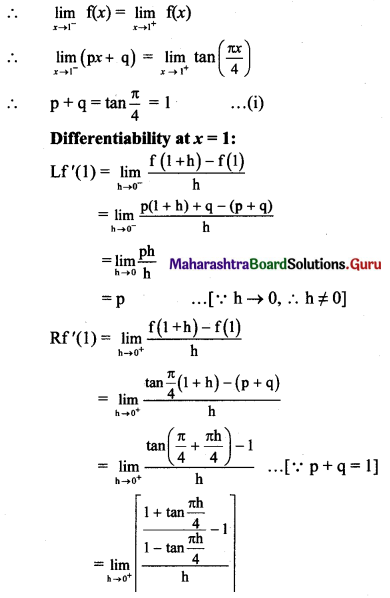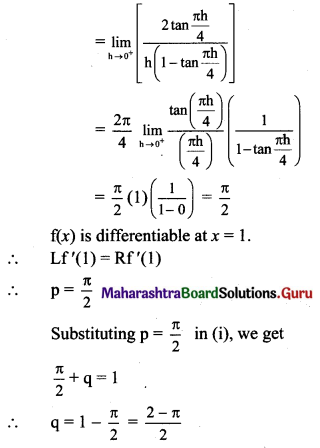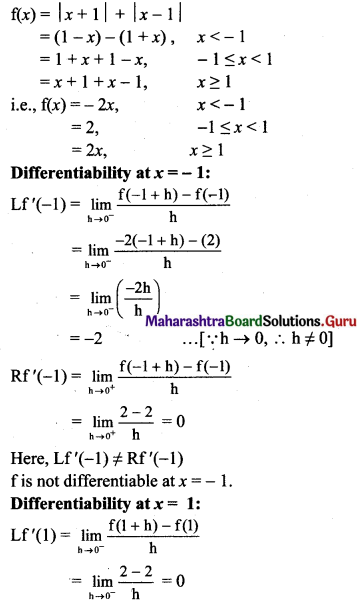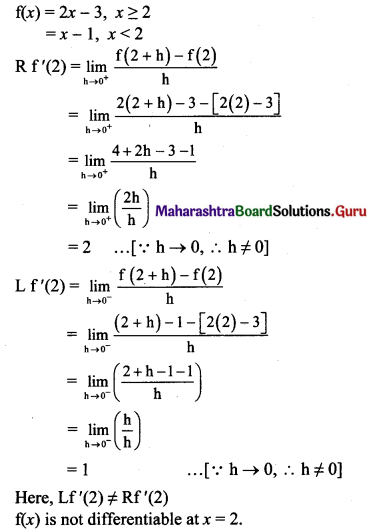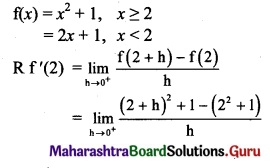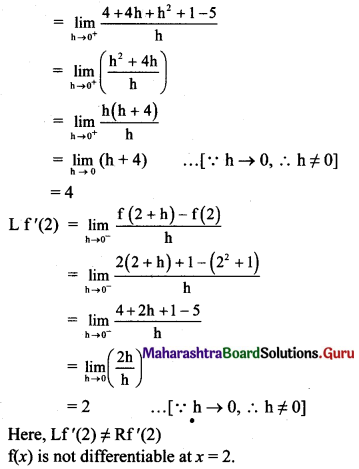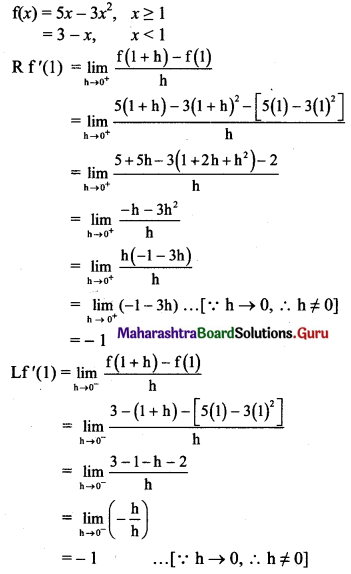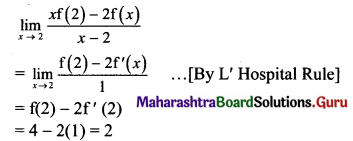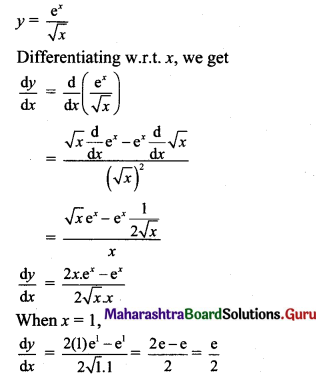By going through these Maharashtra State Board Class 12 Political Science Notes Chapter 4 Contemporary India: Challenges to Peace, Stability and National Integration students can recall all the concepts quickly.
Maharashtra State Board Class 12 Political Science Notes Chapter 4 Contemporary India: Challenges to Peace, Stability and National Integration
Introduction:
Meaning of national integration:
Public order, peace, and stability are crucial requirements for the political, economic, and socio-cultural development of a State. The primary function of the State is maintenance law and order towards the process of national integration.
The role of the State is determined by values of nationalism, secularism, democracy, economic development, and social change. It includes –
→ Peace and Order – One of the key roles of the State is to bring about domestic and international peace and security.
→ Economic Development – The State must be a facilitator of agricultural and industrial growth and the economic well-being of the people.
→ Nation Building – The State is closely associated with the concept of nation integration i.e., diversity of ethnicity, religion, etc. It does not lead to divisive tendencies or disintegration of the State.
→ Governance – This refers to the creation of participatory democracy and good governance based on values like responsiveness, transparency, accountability, equity, etc.
→ Welfare – The State is expected to rectify imbalances in the society such as inequality, injustice, poverty, etc., by applying the principles of social justice, fairness and equality.
→ National integration refers to awareness of a common identity among the people of a nation. It means that though we belong to different races, religions, regions, castes, etc., we recognize the fact that ‘we are one. Today, most countries are facing a problem of national unity, integrity, and consolidation i.e., the problem of bringing about national integration.
National integration involves the reconciliation of socio-cultural,, religious, linguistic, economic diversities to build up a common national identity. It does not try to wipe out sectoral identities or to create a homogeneous society but instead aims to create a territorial nationality. The Indian system can be described as ‘Salad Bowl’ i.e., it is a pluralistic society, where the characteristics of every diversity are maintained but is subordinate to national identity.
![]()
Some common values associated with national integration are –
- socio-economic and political justice and equality
- secularism and a sense of fraternity among diverse communities
- unity in diversity
- the feeling of patriotism and loyalty to the nation.
- common citizenship
The role of the State in national integration involves
- evolve certain values and goals that help to maintain social order and stability
- promote unity among socially and culturally diverse groups living in the territory
- establish a national authority over the subordinate political units
- establish a dialogue between the State and people to understand their living conditions, needs, and aspirations.
Indian Situation:
In 1947, when India became independent, it faced problems like social inequalities, economic underdevelopment, and poverty, illiteracy, etc. The main task was to consolidate India’s unity by recognizing India’s ethnic, religious, linguistic diversity. India had to consider two dimensions to promote national integration i.e., structural and psychological dimensions.
Structural Dimension –
This was done through the constitutional process as enumerated below.
→ The democratic system of governance with Universal Adult Franchise to encourage the participation of diverse groups.
→ Constitutional provisions
- federal structure with a strong central government
- specification of Fundamental Rights as well as Fundamental Duties
- 73rd and 74th Amendments strengthened participation of urban and rural local bodies.
→ Linguistic reorganization of States in India (1956) – The 8th Schedule of the constitution lists 22 official languages.
→ At the administrative level, there are All-India Services like IAS, IPS, etc., which provide for a unified central bureaucratic system. There also exists a state-level bureaucratic system.
→ The National Integration Conference (1961) set up the National Integration Council to review issues like communalism, casteism, regionalism, etc., and make recommendations to achieve national integration, equality, justice and secularism.
(2) Psychological Dimension – A feeling of cohesiveness, oneness helps to bind people together. Psychological integration is promoted by common culture/traditions, shared history such as freedom struggle against colonial rule; symbols such as National Flag, National Anthem, National Song, National Emblem, etc.
![]()
The Challenges To National Integration In India:
→ Princely States – There were problems with the integration of princely states of India. Eventually, even Portuguese and French colonies became part of the Indian Union.
→ The problem of North-East States – This region is ethnically very diverse. Maintenance of peace and stability, ensuring industrial and economic development has been a challenge for the Indian system. Nagaland has seen conflicts since independence with militant outfits like NSCN, etc. States like Tripura, Manipur, Mizoram have witnessed militancy. In Assam, the AASU and AGP led the ‘sons-of-the-soil’ movement.
→ Khalistan movement – In Punjab, a Sikh separatist movement for an ‘independent homeland for Sikhs.’ i.e., ‘Khalistan’ arose in the 1980s. Operation Bluestar was conducted against militants hiding in the Golden Temple. This secessionist movement also resulted in the bombing of Air India flight 182 and the assassination of then Prime Minister Smt. Indira Gandhi.
→ Communal issues can be considered as a legacy of the Partition of India. There have been hundreds of cases of religious or sectarian conflicts such as Gujarat riots (1969, 2002), Moradabad (1980). Anti-Sikh riots (1984) following the assassination of Mrs. Gandhi, riots in Mumbai and other parts of the country in 1992-93 following the demolition of Babri Masjid, Muzaffarnagar violence (2013 in UP)
→ Left-Wing Extremism (also called the Maoist movement or Naxalism) has a major support base among landless laborers, Dalits, and tribals who experience a sense of oppression, injustice, and neglect. The first attempt to promote a peasant struggle was the Telangana Movement (1946-51).
→ The Naxal movement originated in 1967 in Naxalbari (West Bengal) led by Kanu Sanyal and inspired by the writings of Charu Majumdar. Since the 1980s, the movement has taken a militant turn.
→ In 2004, CPI (M-L), People’s War Group (PWG), and Maoist Communist Centre of India (MCCI) merged to form CPI (Maoist) which aims to overthrow the government and destroy public property and attack police and officials.
→ The Red Corridor of Naxal activities extends across States like Bihar, Jharkhand, Chhattisgarh, Maharashtra, Telangana, Andhra Pradesh, etc.
Terrorism – It is the actual use or threat to use violence with an intention to disrupt life and create panic. It is called ‘asymmetric’ or ‘indirect’ warfare. It may take the form of the assassination of political figures, hijackings, bombings and attacks on civilians in public transport, etc.
Earlier, terrorism was State-centric e.g., LTTE in Sri Lanka. However, modern-day terrorism aims for abstract ideological or religious goals at the global level e.g., Taliban, Bako Haram, etc.
India has been the target of numerous terrorist attacks e.g., bomb blasts in Mumbai (1993, 2006) and LET attack on 26th Nov 2008 in Mumbai, attack on Parliament (2001), attacks on security forces at Uri (2016) and Pulwama (2019).
Jammu and Kashmir –
In October 1947, Pakistan sent militants to force Maharaja Hari Singh to join Pakistan. However, he signed the Instrument of Accession making Jammu and Kashmir a part of India. This resulted in the first India-Pakistan conflict (1947-48) as India sent troops to protect Kashmir from Pakistani raiders.
→ In 1977, Jammu Kashmir Liberation Front (JKLF) was formed to create an independent State of Kashmir. Pro-Pakistan guerilla groups like Hizbul Mujahideen and Islamic militancy in Kashmir in the 1990s have worsened the situation. Kashmiri Pandits were forced to flee and live in refugee camps. The militants try to radicalize people through social and political groups and make use of social media to incite the youth to indulge in stone-throwing, arson, etc.
→ Terrorist groups like Lashkar-e-Taiba (LeT), Jaish-e-Mohammad (JeM), Harkat ul Mujahideen (HuM), etc., have an active presence in the region. In August 2019, the ‘special’ status of Jammu and Kashmir under Article 370 was revoked and the State was bifurcated into Union Territories of Ladakh and of Jammu and Kashmir.
